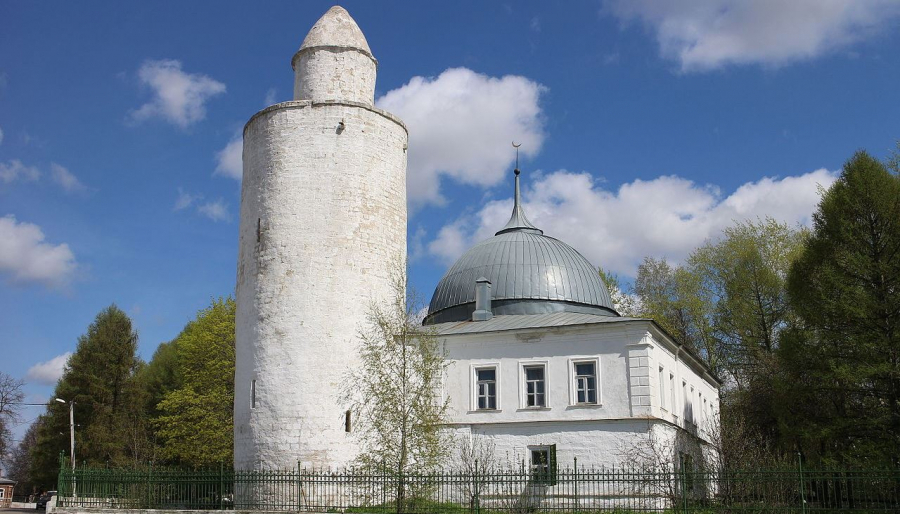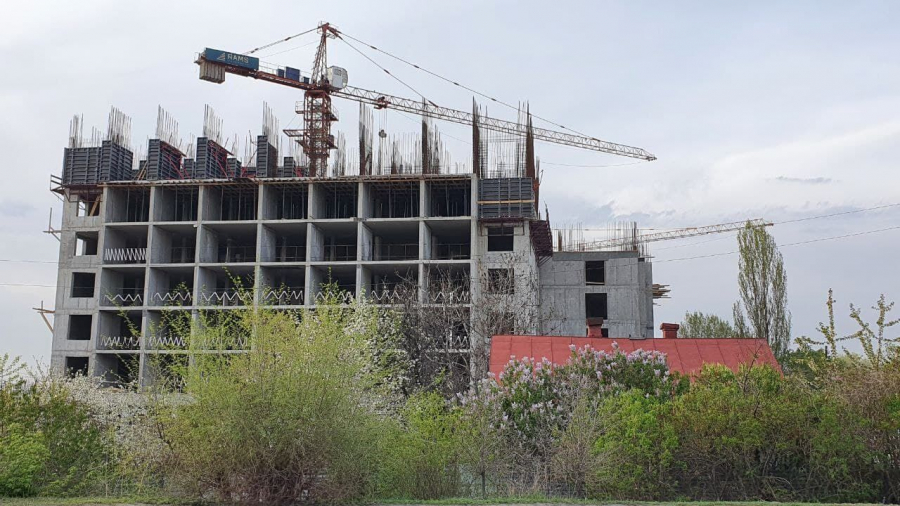‘Trails of Nomads’ expedition explores heritage of Qasim Khanate

The ‘Trails of Nomads’ expedition is studying the heritage of the Qasim Khanate. It existed on the territory of Russia in the 15th century. The khanate received the name of its founder Qasim, son of Kazan khan Ulugh Muhammad. During the existence of the ancient empire, it was ruled by 14 people from the Genghis Khan clan. Oraz-Muhammad Ondanuly was among them. A memorial plaque was erected at his burial site. According to historical data, he was a descendant of Zhanibek Khan, one of the founders of the Kazakh Khanate.
“He wanted to secede from Russia and turn the Qasim Khanate into a separate independent state. Perhaps for this reason he contacted the first False Dmitry and the second False Dmitry, and later sided with them. The second False Dmitry suspected Oraz-Muhammad of treason and ordered to kill him,” noted Sapar Iskakov, leader of the ‘Trails of Nomads’ scientific expedition.
The tower is the only surviving object since the times of the Qasim Khanate. It is more than 20-meter-long. The remains of some of the Khanate’s rulers are buried there. And the plain near the city once served as a cemetery. The mausoleum is proof of that. The gravestones of five people were found there. One of them belongs to Kazakh chronicler Kadyrgali Zhalaiyr.
“I think that in 2022 we will already be included in the restoration program, because these are monuments not only, say, of federal significance, but also of our neighbourly Kazakh nation. Not only Qasim Khan is buried here, but also representatives of the Kazakh Khanate,” said Ildar Bikuyev, Head of National Cultural Autonomy of Tatars of Ryazan Region.
Translation by Assem Zhanmukhanova
Editing by Galiya Khassenkhanova









